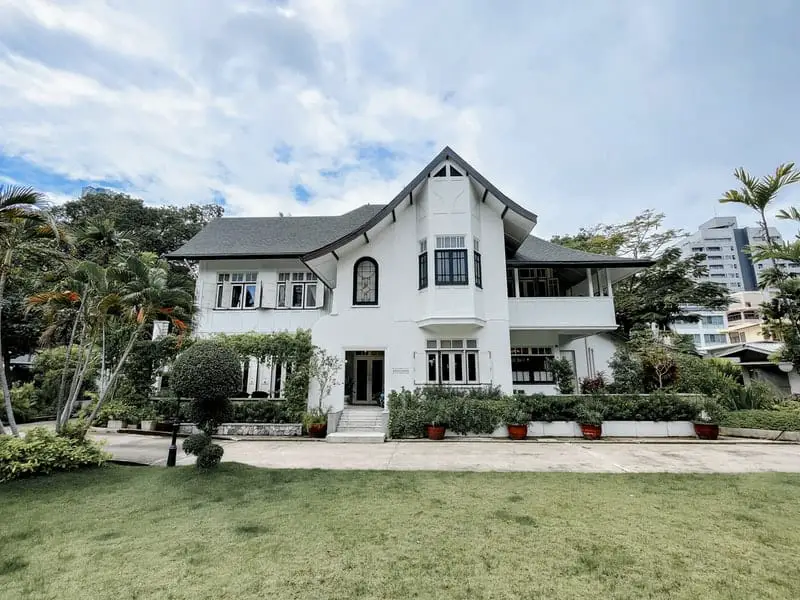Landscaping is the act of transforming our outdoor spaces to suit our individual needs. The entire landscaping process uses many different materials, but they all can be classified as either hard or soft. Many people ask What is Hard and Soft Landscaping and this article will try to explain this concept a bit further and provide you with some examples.
Table of Contents
Hard vs. Soft Landscaping
I’m not sure when this hard and soft landscaping concept came about, but it’s simply people trying to categorize things as we are apt to do. It’s a fine idea, but not always very useful or clear. Everyone probably has their favorite, but it’s a lot like apples and oranges when comparing the two. Hardscapes are generally easier to maintain, while softscapes are prettier, more environmentally friendly, and harder to maintain. But, it probably doesn’t matter, since you need both to have a great landscape.
Any landscaping that you do will include both aspects. You will need to blend the two components to give your yard a balanced and integrated look and feel. Having too much of either will significantly affect the appearance of your property.
Hardscapes
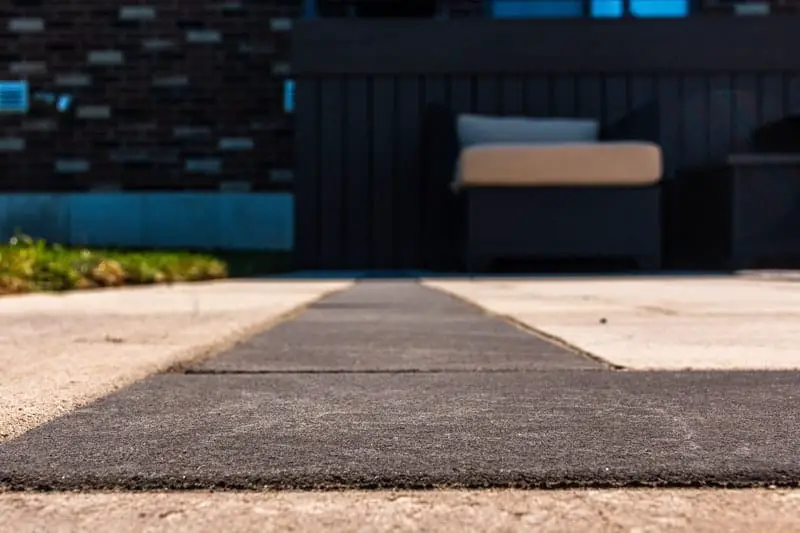
In general, hardscapes are all of the unchanging, nonliving things in your landscape: hard, inanimate objects made of rocks, bricks, concrete, plastic, or metal. Hardscapes can be natural or man-made materials.
Do not go overboard with hardscaping, or your yard will start to look like rigid, lifeless architecture. In
Examples of hardscape materials:
- Brick (actually made of clay or concrete)
- Block (concrete)
- Rock
- Asphalt (tar and rock)
- Concrete (actually just a mix of rock and minerals)
- Gravel (really just broken up rock)
- Edging (plastic or metal, stakes, spikes)
- Wood? (more later)
- Pumps
- Piping
- Wire
- Clamps
- Hardware
- Draintile (clay, concrete, plastic)
- Landscape fabric (plastic)
- Furniture (fabric, metal, plastic, concrete)
Hardscaping Features
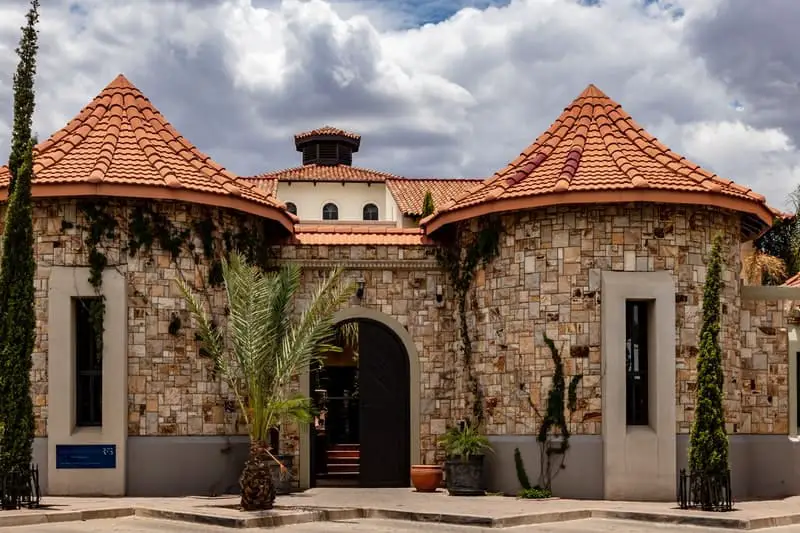
In landscape architecture, hardscaping refers to hard components—tough, long-lasting, large, and stable materials that give structure, add height, or define a path. Hard landscaping is important because it retains the parts of your property. Hardscaping is like the bones of your landscape. It’s the starting point; it is the foundation upon which everything else is based.
Examples of hardscape features:
- Outdoor Kitchens
- Pools
- Patios
- Walkways
- Stairs
- Decks
- Stepping Stone Paths
- Gazebos
- Driveways
- Fountains
- Decorative walls
- Statues
- Retaining Walls
- Irrigation Systems (piping, clamps, plastic heads, timers, etc.)
- Landscape Lighting Systems (transformers, wire, fixtures, etc.)
- Fencing
- Decking
- Pergolas
- Arbors
- Gazebos
- Grottos
- Ponds and Waterfalls? (more later)
- Fireplaces
- Benches
Sometimes, hardscaping can be multipurpose. You can build a small retaining wall to act as additional seating space, or you can install flat stone pieces to act as stepping stones through a garden and to keep down weeds in blank spaces. Hardscape features can also affect the environment in both good and bad ways. Paved surfaces prevent the soil from absorbing runoff, but paving and stone can also protect the soil and prevent erosion.
Maintaining Hardscapes
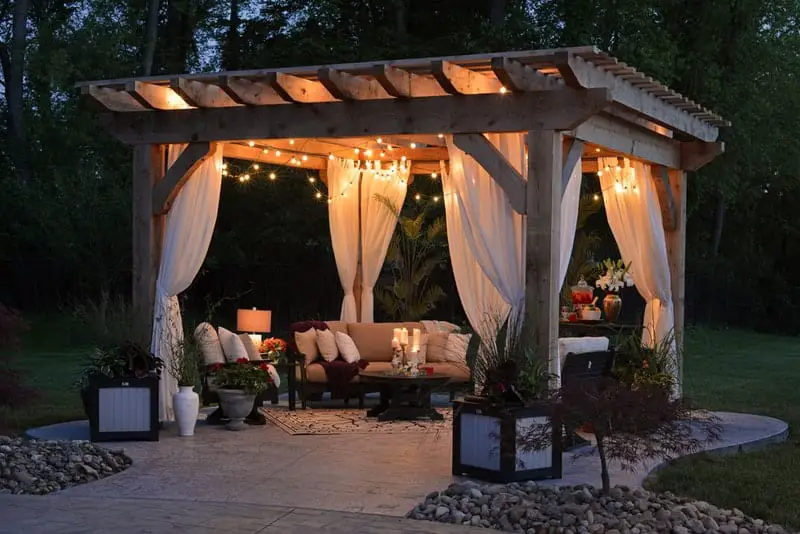
For the most part, hardscapes take care of themselves; that’s the beauty of them. They are not living and typically don’t change a heck of a lot. Your hard surfaces may need some cleaning over time, and patios and walkways tend to need some re-grouting or sanding, but if installed correctly, they should last a lifetime.
I believe that rocks and boulders are the stars of the landscape world. They come in a wide range of sizes, shapes, and colors, they last forever, they can be used to decorate or to retain, you can walk on them, sit on them, drive on them, run water over them, etc. The possibilities are endless; rocks are fantastic!
If you’re a fan of low-maintenance landscaping, weed barrier covered with gravel or washed stone is some of the most maintenance-free bed treatment you can get.
Softscapes
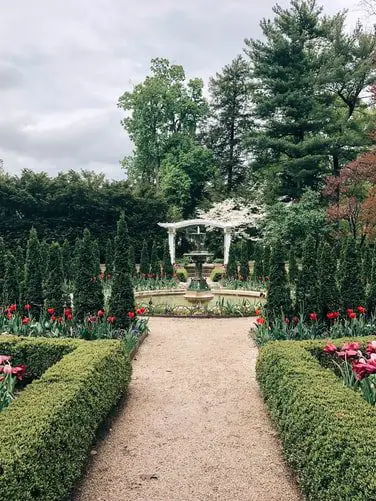
Softscapes are all of the living and changing things such as trees, grass, water, flowers, mulch, etc. If you go too crazy with softscapes, your yard will look like an overgrown mess.
Examples of softscape materials:
- Flowers
- Trees
- Shrubs
- Grasses
- Vines
- Herbs
- Aquatic plants
- Soil?
- Mulch?
- Water? (we will address these three later)
Soft Landscaping Features
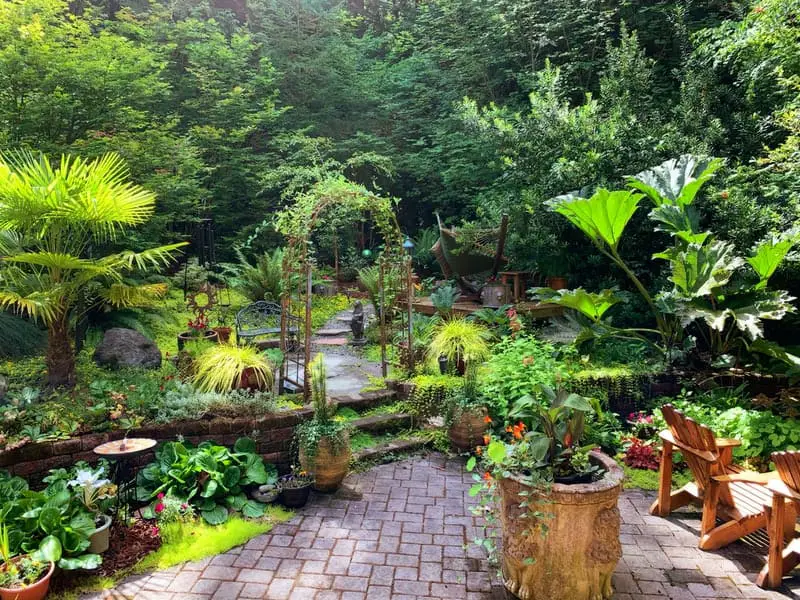
In landscape architecture, softscaping refers to all of the pretty plants that fill out our gardens, cover our bare ground and help to soften our hardscapes. If hardscapes are the bones, then softscapes are the skin. Softscaping elements are all of the living plants in your landscape. Softscapes bring life and natural beauty to your landscape and are an essential component.
With softscaping, the possibilities are almost endless. The vast quantity of plants available to us, each with its own individual appearance and characteristics, can make your head spin.
Add to that the potential combinations of plants, and deciding on a few plants for your front yard, can turn into a two-day event. Add to that the fact that softscapes change with time, and it becomes a real live puzzle.
Sofstscapes are continually changing, from month to month and year to year; they just don’t stop. Until they do, and then it is time to find yourself some new softscapes.
The advantages of softscapes are their beauty, adaptability, and environmental value Plants are the only thing saving our earth from destruction. Plants are cleaning our air, our water, and our soil. Plants can shade us, block the wind, hide a fence, block sound and provide us with a dazzling display of beauty.
The downside to plants is that they will likely need to be maintained and that one day, they will die. Softscapes, unlike hardscapes, typically only do well in certain zones and conditions, whereas hardscapes don’t care where you put them; they will likely remain unchanged.
Maintaining Softscapes
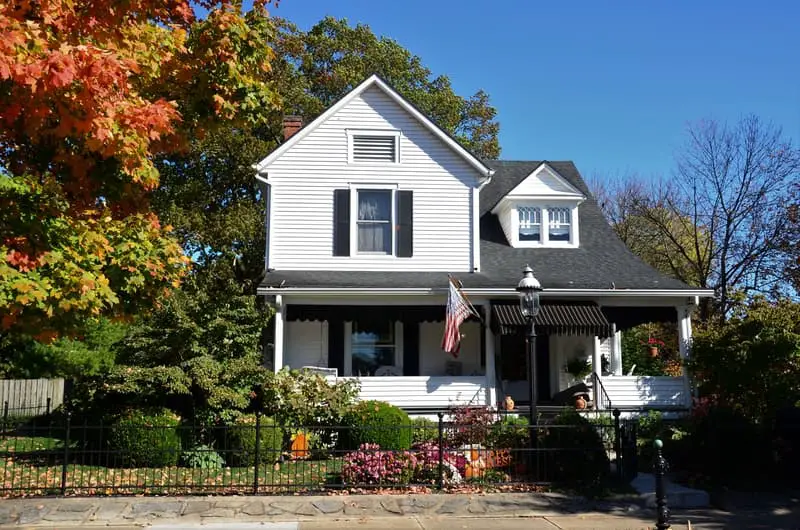
Unlike their hardscape counterparts, softscapes need our attention. At least most of them do. Most softscapes are plants, and plants need water, nutrients, and air to live. Most plants also need pruning over time. They just keep growing and changing, so you need to keep an eye on them.
Most softscapes are alive, which is their benefit and their downfall. They help us maintain our environment, and in return, we must help them. They also, in a roundabout way, lead to pollution.
We humans tend to dump tons of harmful chemicals on our lawns and garden beds every year in an attempt to care for our precious plants. We wrongly assume that these plants need to be doused in chemicals to survive.
More to Discuss?
I know that this article is all about soft and hard landscapes, and I think that we have pretty well covered that, but there are a few more topics that I think we need to address. I’m sure that these are not right there at the top of your list, but having been in the industry for so long, I have given them a bit of thought.
Blankscaping / Airscapes?
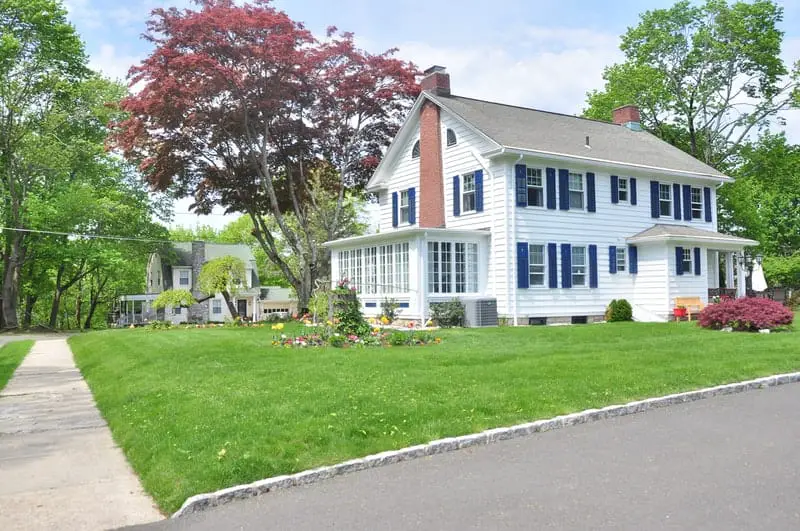
I feel that this is the part of landscaping that many homeowners and landscapers alike have trouble with. It is a fairly basic concept, but it seems to get lost over time (literally). What I am referring to is the hallowed blank space or separation.
Most landscapes start with plenty of separation and blank spaces, but people forget about its importance over time.
Don’t get me wrong; I love having my flowers hang down onto my patio, I love how a creeping juniper will trail down into a waterfall, I love the way that a clematis will cover and hang from an arbor.
All of these things are great, and there is a time and place for everything, but when that everything starts growing into everything else and overtaking all of the blank spaces, we need to acknowledge it and fight back. Once everything is allowed to grow together, we lose the distinction and importance of the individual features. Rocks and fountains get buried, edging gets hidden, the lawn is growing into the beds, and the beds grow into the lawn.
It is not all about the materials, hard or soft; it is also about how they work together and apart to create a pretty and functional landscape. I have seen way too many over-planted and overgrown yards over the years. They might have looked nice for the first year or two, but now they are a mess.
Please find some time to pull out the pruning shears and the edging shovels and reclaim some of that precious blank space that has been lost over the years. One good long day of separating things that used to be separate and uncovering features that have been hidden will bring your landscape back to life. Believe me; it will be time well spent.
The Gray Area
Okay, now we step into the gray area. I want to discuss the materials that may or may not fit into either category of hardscapes or softscapes. You may have noticed above that some of the listed materials had question marks behind them. These and others are the ones in question.
Hardscapes and softscapes are fine, but are they classified by how they look, how they feel, or what they are made out of?
Here are the Gray items:
- Wood Mulch, bark chips, etc. – most people consider mulch to be a softscape, and I’d somewhat agree because it comes from plants and is light and biodegradable, but what about wood for other uses?
- Wooden Fencing – I guess it is a hardscape made out of a softscape material?
- Timber Retaining Wall – another hardscape made from a softscape?
- Water – seems like a softscape, but a pool seems like a hardscape?
- Pond – seems like a softscape if it is unlined and natural, but lined with rubber and rock, it seems hardscape-ish.
- Waterfall – again, if all that I see is water flowing through plants, I think softscape. If it’s water rolling over rocks, I think hardscape?
- Rubber pond liner – it’s soft like a softscape, but EPDM is entirely synthetic, so I guess it would be a hardscape?
- Soil – Many classify this as a softscape, but then is a berm considered a softscape?
- Clay Bricks – Bricks are hardscapes, but clay is a type of soil, so is it a hardscape made from a softscape?
- Sand – sand is technically very tiny stones, so it must be a hardscape, but when I see it in a landscape, it sure looks like a softscape.
- Rubber Mulch – okay, we are calling wood mulch a softscape, but wood timber a hardscape, and we are calling rubber a hardscape, so I guess rubber mulch can be a softscape?
Alright, maybe I’m splitting hairs here. We can leave these gray areas alone and call them whatever we want.
Conclusion

I guess when it comes down to it, the hard and soft designations come more from how the product or material makes the landscape appear to you. What sort of feel do you get from it? If I see a line of rock in a wall or a pond, I want to add some plants to soften the feel of it. If I see a large bed of plants, I’d love to add a boulder or three to give it a bit of structure. I often look at the softscaping as the glue or the paint that blends the hardscapes into one another and softens the entire look and feel of an otherwise rigid structure.

